Collard greens hold a revered place in the hearts and on the tables of every true American Southerner, but they have such remarkable qualities that they’re a food everybody should add to their diet.
Originating from the Mediterranean, collard greens are believed to have been consumed since the prehistoric times. They were first cultivated by the Greeks and Romans and were eventually introduced to France in 400 B.C.
Collard greens are one of several cruciferous vegetables, along with broccoli and cabbage. Because of the similarities in the appearance of both kale and collard greens, these two were often used interchangeably, although the two vegetables actually have different textures. A 1997 article from The New York Times notes that kale is more “crinkly,” while collard greens have a more leathery texture.
While these two vegetables can be used as alternatives to each other, collard greens are said to have a more muted flavor than kale. When planted, collard greens thrive better under the heat, requiring a lot of sunlight while they’re growing.
There are more than a thousand steamed collard green recipes. Luckily, cooking them this way nets the most nutrients. The most popular dish that consists of collard greens is the “mess o’ greens,” known as a soul food in the South. Be careful when making this dish; Overcooking collard greens will lead to a more bitter flavor and a sulfuric smell.
Health Benefits of Collard Greens
Collard greens are loaded with antioxidants and active compounds that give them their free radical-fighting properties. In a 2009 study, researchers isolated about 45 flavonoids in collard greens, kale and Chinese broccoli. It was also found that collard greens contain high amounts of phenolic compounds, such as kaempferol. This flavonoid is famous for its antioxidant mechanism, which helps fight against age-related chronic diseases.
Collard greens also provide your body with high amounts of vitamin C, folate, manganese and calcium. What’s incredible is that the nutrients don’t stop there. Impressive amounts of vitamin B6, magnesium, riboflavin and iron are part of the bargain, offering more nutritional benefits than the average plant-based food. These nutrients make collard greens useful in helping to:
- Lower risk for cardiovascular disease —A 2019 animal study from Nutrients stated that green leafy vegetables, including collard greens, significantly lowered the risk of cardiovascular disease. They were found to improve lipid metabolism and blood pressure regulation in rats who had heightened risk for high blood pressure.
A 2012 study out of Lipids in Health and Disease also linked the consumption of collard greens and other green leafy vegetables to better modulation of liver fatty acid composition, which keeps atherogenic fatty acids in control.
- Fight glaucoma —In a 2012 study, the diet of African-American women were observed to determine which vegetables affected the incidence of glaucoma. Results showed that regular consumption of collard greens and kale may lower the risk of glaucoma due to their vitamin A and C content.
To learn more about the nutrients that you can get from collard greens, check out the table below.
| Collard Greens Nutrition Facts
Serving Size: 3.5 ounces (100 grams), raw |
||
| Amt. Per Serving |
% Daily Value* |
|
| Calories | 32 | |
| Total Fat | 0 g | |
| Saturated Fat | 0 g | |
| Trans Fat | ||
| Cholesterol | 0 mg | |
| Sodium | 17 mg | |
| Total Carbohydrates | 5.42 g | |
| Dietary Fiber | 4 g | |
| Sugar | 0 g | |
| Protein | 3.02 g | |
| Potassium213 mg | Vitamin C | 35.3 mg |
| Calcium232 mg | Iron | 0.47 mg |
Studies on Collard Greens
Together with other cruciferous vegetables, collard greens have been the subject of numerous studies in relation to cancer, inflammation and obesity. In a 2018 animal study, green leafy vegetables, including collard greens, were found to interfere with the adverse effects of the American diet. Hence, adding a considerable amount of green leafy vegetables to your diet may help curb inflammation and disease pathogenesis.
A 2008 study from Nutrition Research discussed how steaming collard greens, kale and other leafy vegetables affected the binding capacity of these vegetables, which limited the possibility of secondary bile utilization. Secondary bile acids have been linked to increased risk of heart disease and cancer. As steamed collard greens allow better bile acid binding, they may help reduce the risk for cardiovascular disease and cancer.
Another study, this time published in the American Journal of Epidemiology, suggests that crucifers like broccoli and collard greens as well as other carotenoid-rich vegetables may help lower the risk for breast cancer in African-American women.
Collard Greens Fun Facts
While collard greens may have been available when the colonists arrived, the cooking style that turned them into a “mess o’ greens” came from African slaves. They’re slow-cooked down to a juice, which turns to gravy, sometimes with a little help from ham hocks or pig jowls. In fact, collard greens became the official vegetable of South Carolina on June 2, 2011, enacted by Senate Bill No. 823 (S823).
Summary
The surplus of active compounds and antioxidants found in collard greens can provide numerous health benefits, from your cardiovascular system to eye health. However, the manner of cooking is important to preserve the many nutrients these vegetables contain. Be sure not to overcook them to avoid any bitter flavors.

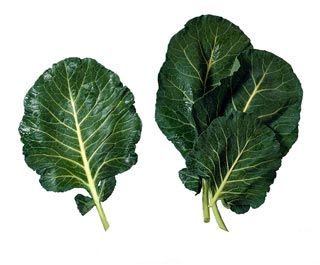
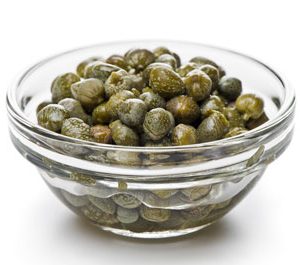
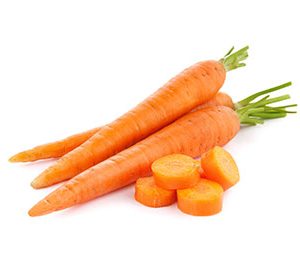
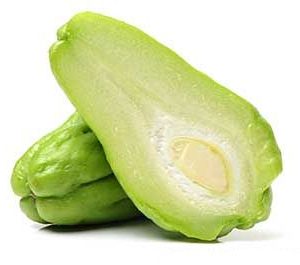

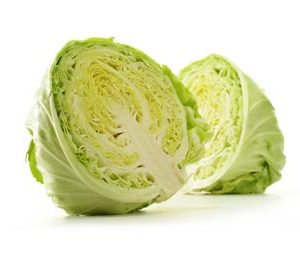
Reviews
There are no reviews yet.